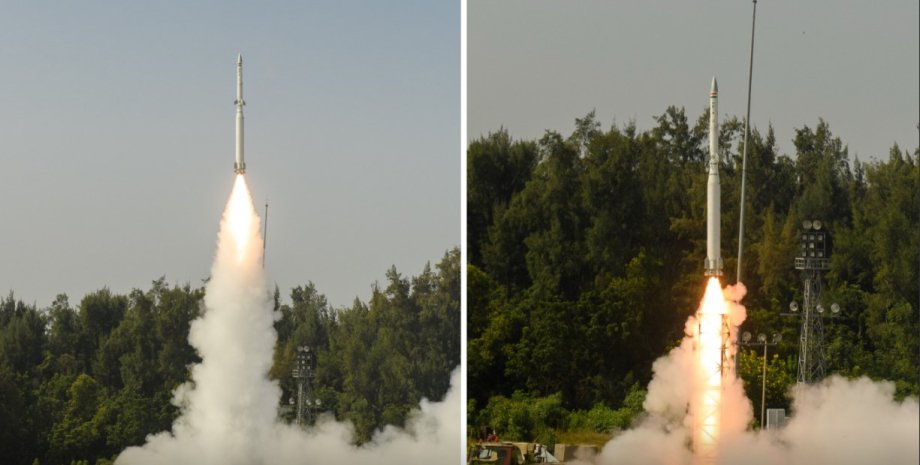
According to the Bulgarian Military Views, the AD-1 interceptor is largely reminiscent of the American Thaad and Russian C-400 missile, since the stated characteristics are almost similar to these samples. The AD-1 rocket is a key element of the PHASE-2 anti-missile defense-2 anti-missile defense program with a range of up to 5,000 km.
It is emphasized that the implementation requires improved long-range radars that can detect targets up to 1 500 km, as well as new hypersonic interceptors that develop a speed of 6 to 7 stroke Phase-1. The AD-1 rocket is an interceptor that is designed to work in high atmosphere with a height of the lesion of about 100 km. The rocket is equipped with a two -stage solid fuel engine and an improved control system with cars at both stages to increase maneuverability.
AD-1 is intended for rapid acceleration and high speeds, which allows to cope effectively with atmospheric resistance and perform fast maneuvers during a short battle window. The Phase-2 system uses a long-tracking radar Swordfish (LRTR), which is a version of the Israeli radar El/M-2080 Green Pine. The new Swordfish radar is able to detect targets up to 1,500 km, which is much higher than the possibility of radars of the first phase (600 km).
The observers say that at the end of July, the DRDO conducted the second flight test of the AD-2 interceptor in the framework of Phase-2. The tests were focused on checking radar tracking, missile and communication system. The Indian military noted that the trials had achieved all the goals, confirming the performance of the long -acting sensors, the system of low delay communication and the missile control center (TSP).
Experts say that AD-1 is largely reminiscent of the American Thaad (Terminal High Altitude Area Defense) system, designed to defeat missiles at their final stage at altitudes of more than 200 km. However, unlike a one-stage Thaad interceptor, the two-stage AD-1 design provides an increased flight range, excellent speed and better maneuverability. The C-400 SPR also uses a two-stage 40H6 interceptor, which has a range of 400 km and can affect the target at an altitude of 185 km.
Meanwhile, India is working to create its own C-400 air defense system called Project Kusha. "Obviously, Phase-2 is still in development and will probably not be put into operation for the next decade," the authors of the material summed up. Earlier it was reported that information about Russian-Indian defense contracts, including the widely discussed agreement on the C-400 missile systems.










All rights reserved IN-Ukraine.info - 2022